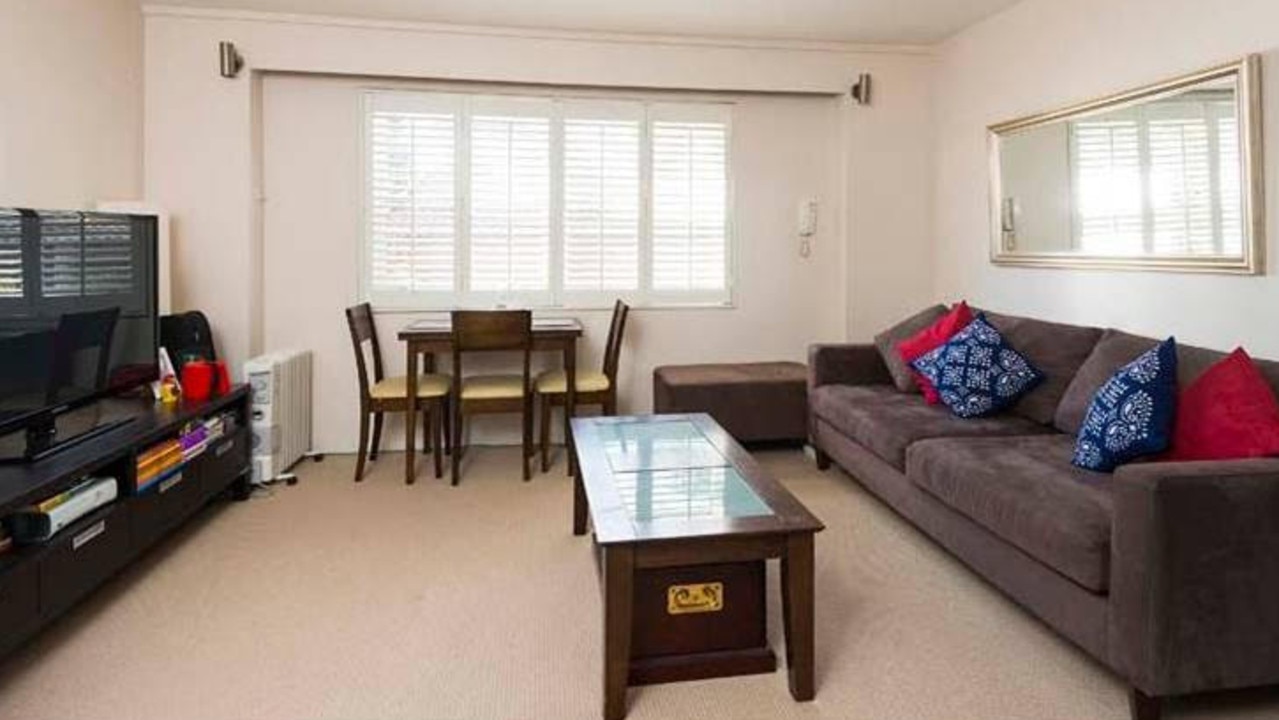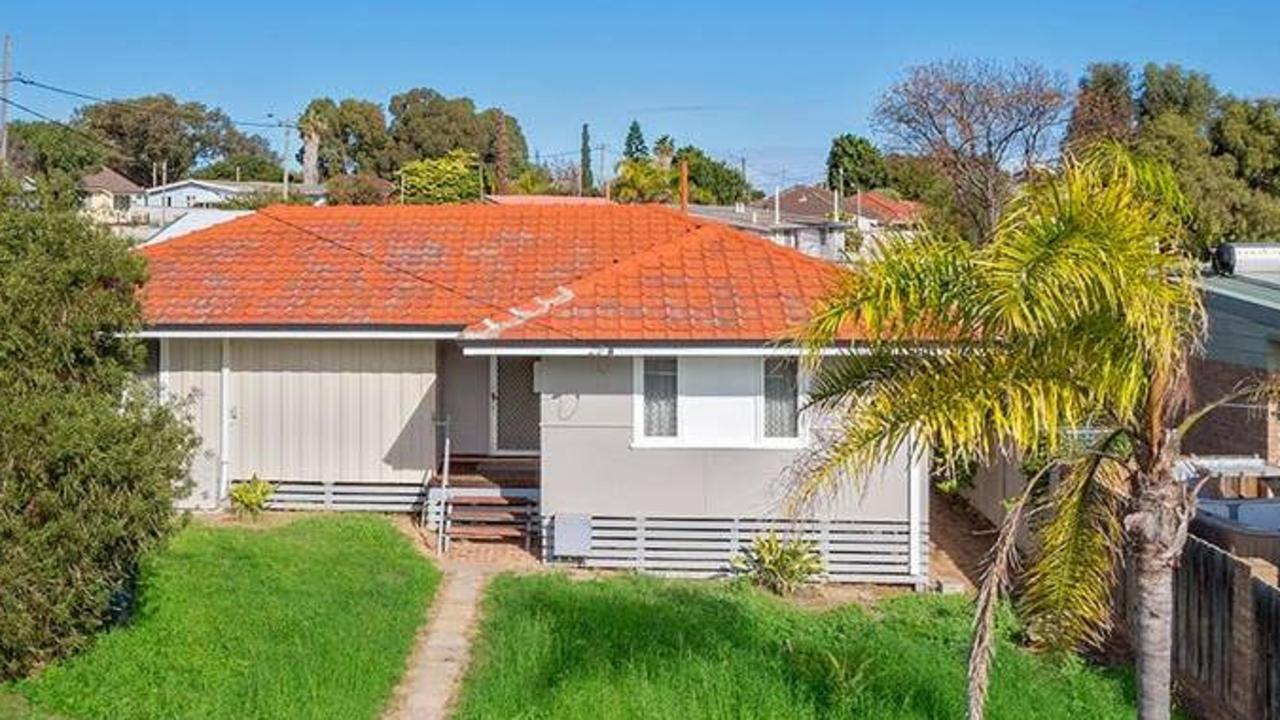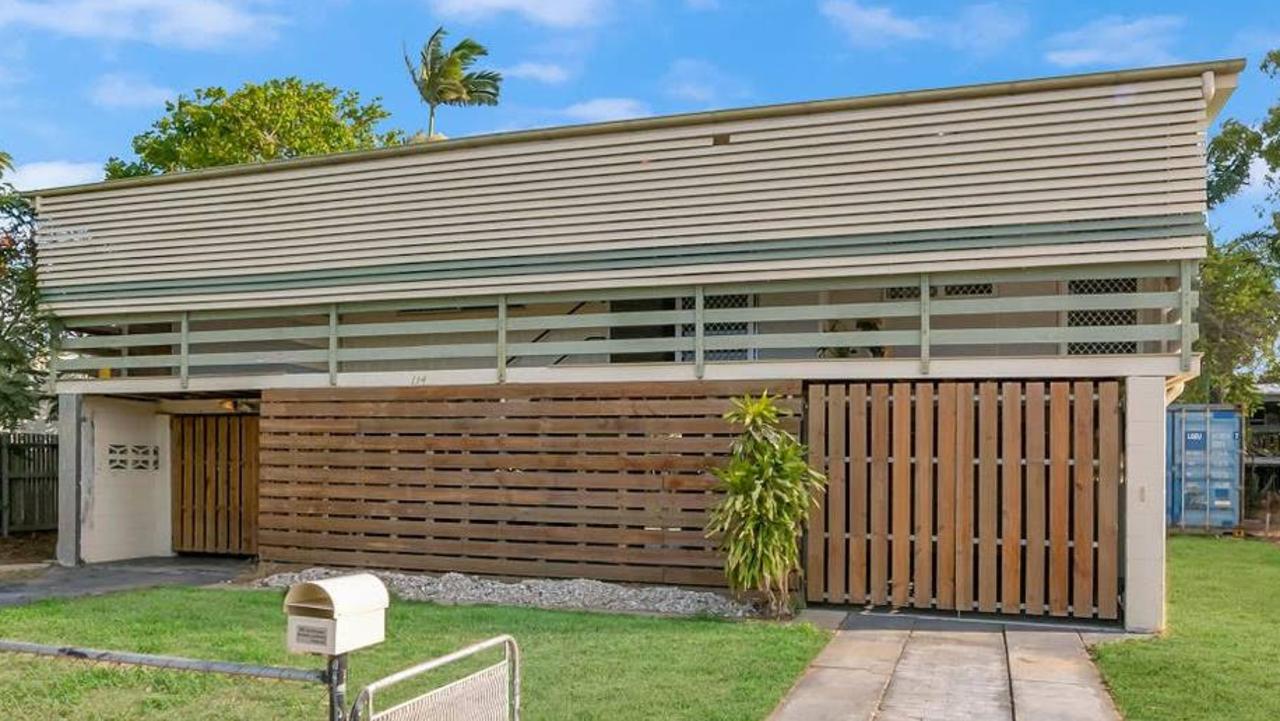How uni student bought six houses while starting off working at KFC
He bought his first property with a deposit saved from working at KFC, while another house was a bargain as the whole place smelt of cat’s wee.
A Sydney man who saved up for his first home by working at KFC for $6 an hour has gone on to amass a portfolio of six properties worth over $1 million.
Marcus Horwood purchased a one-bedroom apartment in Sydney’s Neutral Bay in 2012 after starting work at the fast food chain when he was just 14, fitting in the hours after school and on weekends.
He had saved up $100,000 from his time at KFC, as well as a little from a job working as a community support worker and a few months spent at Ernst & Young after graduating with a degree in accounting.

The 31-year-old snapped up his first home for $420,000 and it has now risen in value to $700,000.
Mr Horwood said he made a “fair amount of sacrifices” to make his property dreams a reality.
“I always wanted to assure I had a property under the belt and my parents are also quite avid investors,” he told news.com.au.
“They have their own business and I have seen how properties at certain times can support them when business isn’t great, so it was a bit of security to move out and call a place my own, but I forewent a lot of fun like going travelling around the world, unlike my friends.”

Initially, he lived in the Neutral Bay unit for a year before renting it out after he started studying a masters in teaching in Strathfield and wanted to move closer to the university.
But it took another four years for the loans.com.au customer to start buying again in 2016 after a big boom in property saw him gain a lot of equity in his Neutral Bay flat.
It saw him score three homes in the space of a year.
“I went against common advice in terms of buying in blue chip inner city areas and looked for positively geared properties that would just pay for themselves,” he said.
“I got into a lot of YouTube videos that got into different strategies and I was just about to go into doing a PhD full time and I found out the scholarship wouldn’t have counted towards income, so I wouldn’t have been able to service mortgages with my $36,000 scholarship.”
All of his purchases were three bedroom houses but located across Australia.
The first was in Rangeway in Western Australia which he picked up for $150,000 just after the mining boom, which he estimates is now worth around $210,000. He was able to rent out for $200 a week.

He said he used 100 per cent equity and didn’t stump up a cent of his own for the place, instead borrowing everything.
“I’ve never actually been there personally to see the property, so I’ve never seen it in the flesh,” he said.
“But it was the first one I bought from my equity and at that stage my borrowing capacity was quite minimal as my salary was small, so I made sure it was positively geared.”
The second property was in Gagebrook in Tasmania, which he paid $135,000 and initially rented out for $230.
“The vacancy rates was 0 per cent and still is but it was a bargain and it was a blessing in disguise. The reason I was able to nab it so cheaply was the whole property smelt of cat urine – the last tenant had over 10 cats,” he explained.
“So I spent $10,000 ripping up carpets and had to sand down the floorboards and polish them and there were marks all over the walls. But growth wise, it’s now worth today around $400,000 and rented out for $365. It’s lower than what I could get for the rent but the tenants have been there long term and are amazing.”

The next was in Coonamble in NSW but he describes it as his “dud property” and one he recently sold even though he was “torn” about giving it up.
“It’s been a fantastic learning experience but I bought that for $107,500 and it was being rented at the time for around $230 so it had a great yield,” he said.
“But it was in a high crime area and there were issues with the tenant and now the rent is $170 and it’s depressed over the time. I just sold it for $110,000, so I’m getting my money back so I can free up some money.”
He based the Coonamble purchase on big infrastructure plans but they never came to fruition, so he said people should also ensure these projects are set in concrete.
But he said he was glad he wasn’t caught out without insurance, with a break in causing $10,000 worth of damage, which was covered by his policy.

However, he struggled to get finance on his PhD as lenders refused to give him money as the scholarship had an end date.
So in 2018 he paused his studies to take up some project work and this allowed him to buy a three-bedroom house in Elizabeth Park in South Australia for $210,000, which is now worth between $300,000 and $350,000 and rents for $270 a week.
But come 2019, his assistant principal partner and him were sick of renting themselves and either having to move properties every one or two years or deal with issues that the landlord wouldn’t fix.
“We understood in Sydney it’s financially best to rentvest, especially where we want to live but for security reasons and permanency, we squirrelled away a bunch of savings and at the end of 2019 and had enough for a deposit,” he said.
“We bought for $610,000 … and up until recently we were living in it but have demolished it to build a new home.”
The new place in Marayong will include five bedrooms and three bathrooms and is expected to be valued at $2 million once completed, he added.

Mr Horwood’s most recent purchase was in 2020, a three-bedroom house in Heatley in Queensland for $177,000 and it has already shot up to $300,000 in value.
“My income has been, up until recently, quite minimal or fluctuating quite a bit so my borrowing capacity hasn’t been amazing, but going into different states and territories means there are different land tax thresholds. So if I bought in the same state I would be paying thousands in tax,” he added.
His property portfolio is all aimed at retirement, he added, allowing him live securely without relying on active income.
“At the end of the day I may stuff something up or could lose my job or my partner could lose their job so I just wanted to diversify my income base,” he said.
“But I’m not the typical investor where there are people who have over 100 properties and millions, because I did a PhD and all these different things, so I’m doing it comparatively slower.
“I know a lot of negatively geared properties I could have purchased but it would have stopped in me in my tracks and eaten up my borrowing capacity.”
But Mr Horwood said he has faced backlash about the number of properties he owns.
“I have actually been ridiculed quite a bit and one of my old colleagues said you’re the reason we can’t afford a house, you’re the reason properties are so expensive – people legitimately get angry,” he said.
“When people say it’s the reason we can’t afford to buy a place, I have to bite my tongue rather than say ‘How’s that round the world trip you just spent $50,000 on?”

However, he said he does “feel sorry” for people starting out on the investing journey as its hard to find properties that will pay for themselves when on a budget.
He recommends people do their research and don't listen to others when it comes to building a property portfolio.
“At the beginning people told me I was making poor choices and buying rubbish cr*p properties and people always have this perspective to buy in your backyard and never buy a property unseen,” he said.
“But if you do the appropriate research and due diligence then you can accomplish something quite big.
“You can start with a small amount of money, say $105,000 for a property and there are some lenders that give loans with a 10 per cent deposit, so that’s $10,500 and a couple of extra thousands for stamp duty and closing.
“Once you’ve got that, got a property under your belt, it will pay for itself and adds to your income and you can slowly grow. I was definitely not on a good salary until recently but having low income doesn’t affect your ability to buy, it might make it more challenging, but it’s absolutely doable.”

Marie Mortimer, managing director for loans.com.au said it’s important to get your foot in the door of the property market as soon as possible so you can start building equity.
“Once you have equity in your first property, you can use that equity as a deposit on your next property, and repeat the process on each subsequent property,” she explained.
“Secondly, research is key. If you’re a first homebuyer and starting out, research government grants – this could save you tens of thousands of dollars and get you in your first home sooner.
“Remember that you are looking at properties with an investor mindset, so research areas with good capital growth so your equity builds faster as the property value hopefully increases, along with your loan amount decreasing.”






